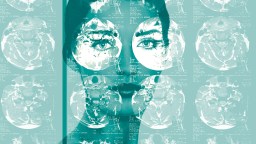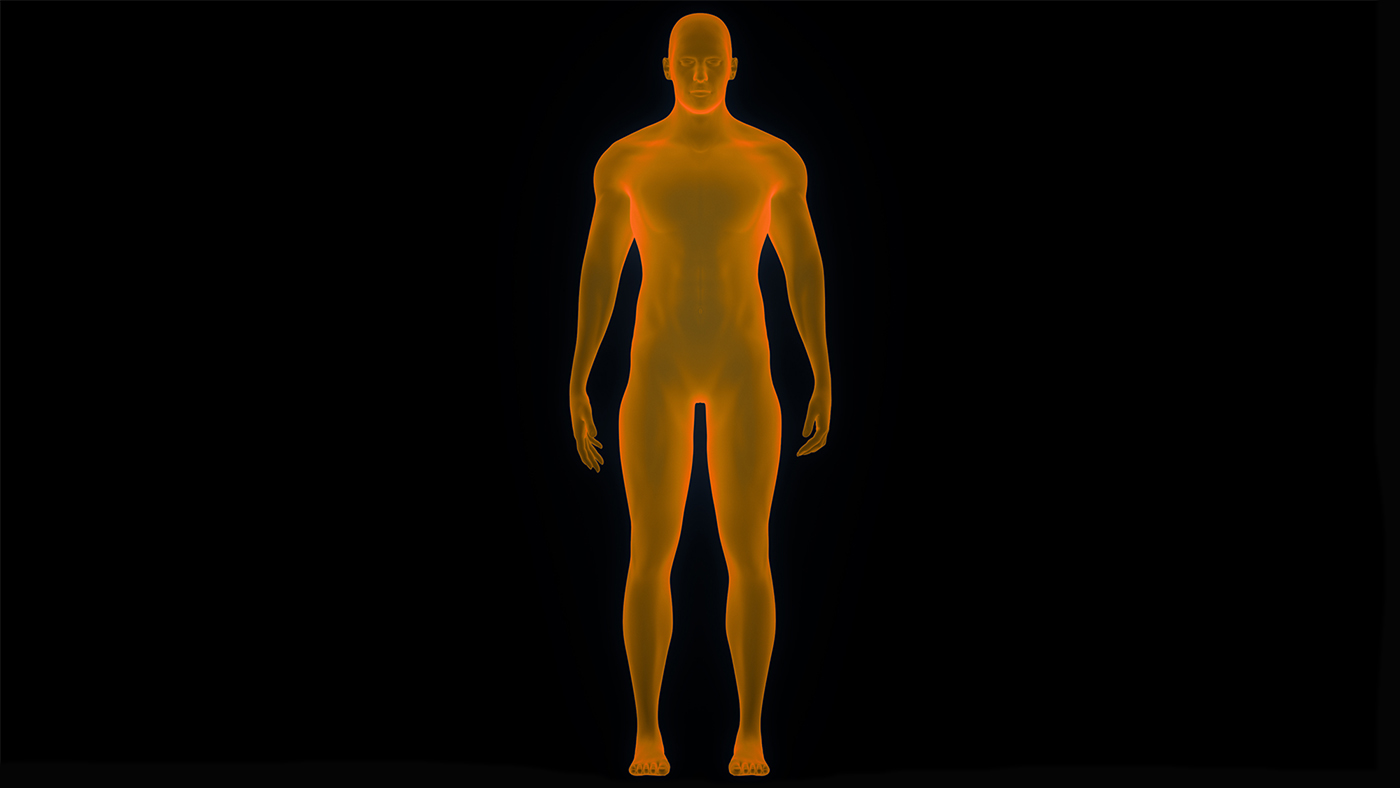Sign up for Big Think on Substack
The most surprising and impactful new stories delivered to your inbox every week, for free.
Sometimes it’s not what is there, it’s what isn’t. Let’s rewind.
Amy Herman is an art historian, lawyer, and the author of Visual Intelligence, a book that explains how altering and sharpening your perspective can change your life, both professionally and personally. Herman created, designed and conducts all sessions of ‘The Art of Perception’, an education program that was initially used to help medical students improve their observation skills. Sometimes in diagnostics, you’re not looking for what you can see, but what you can’t – this is called the ‘pertinent negative’. The same goes for investigations, and so the program was adapted for the New York City Police Department.
Try one of Herman’s perception tests, which she runs you through in the video above. Better perception and communication – two key takeaways of Herman’s visual intelligence lessons – can save money, reputations and lives in business, and can also be an incredible asset in our personal lives when it comes to interpreting situations, noticing important details, and having open and effective communication.
The example above, which uses René Magritte’s artwork, is an incredible reminder of how much detail is around us that we don’t register and how we can be more conscious in our perception.
The Baader-Meinhof phenomenon backs this up. Baader-Meinhof is a cognitive bias also known as frequency illusion, where once you see or learn something – an unfamiliar word or new visual symbol for example – that thing keeps appearing over and over everywhere you go, where before it was never there.
But it was always there, you just never saw it. This isn’t some mystical occurrence or a series of “freaky” coincidences; we fail to notice thousands of pieces of information every day, and it’s only when our attention is deliberately drawn to something new that it registers, and our brains – incredible pattern-recognition machines that they are – then identify and favor that symbol or word when it is anywhere in our proximity.
There is more to discover in the world than is ever possible, but by enhancing your visual intelligence and perception skills, you can certainly make a more sizable dent.
Amy Herman is the author of Visual Intelligence:Sharpen Your Perception, Change Your Life.

Amy Herman: Visual intelligence is the concept that we see more than we can process and it's the idea of thinking about what we see, taking in the information and what do we really need to live our lives more purposefully and do our jobs more effectively. What I ask the people at The Art of Perception to do one of them is looking down at a piece of paper and the other is looking at the painting and they have one minute to describe what it is that they see to their partner and the partner has to sketch what are they hear. And it's not about the artwork, it's not about how well you draw it's how well can you describe a new set of unfamiliar data, how well do you listen and how well do you take that articulation and transfer it to your own language.
How many of you said there was a train coming out of a fireplace? And everyone raises his or her hands. And how many of you referenced smoke or steam in your discussion? Lots of hands go up. And then I ask the question who articulated that there are no tracks under the train? And a few astute people actually raised their hand and said I said there were no tracks under the train. And then I ask who noticed and then articulated that there was no fire in the fireplace? And hands go up. Not too many. Then we talk about other aspects in the painting. How many people mentioned the wood grain on the floor? Most people noticed the wood grain on the floor. How many people mentioned wainscoting, that kind of paneling on the walls? And I always have some decorative arts aficionados oh yes I know about wainscoting. And then I say how many of you mentioned a mantle on the fireplace? Lots of hands go up. Who mentioned candlesticks? Lots of hands go up. And then I ask how many of you said there were no candles in the candlesticks? And people say oh no never got there. And then I ask what really observant nerd said it's 12:42 or 8:05 on the clock? Who got to mention the time?
And the reason I have that line of questioning is because this painting illustrates a very important concept that I transfer from emergency medicine to a much broader application. And the idea is called the pertinent negative. It's saying what isn't there in addition to what is there to actually give a more accurate picture of what you're looking at. So when you say I see a train coming out of the fireplace, and by the way there are no tracks under the train and there is no fire in the fireplace, why would you attempt to say what's not there? Because in my third-grade mind if you told me to draw a fireplace I would draw two sticks and a fire and smoke in the fireplace unless you told me not to. And if you told me to draw a pair of candlesticks I'll draw candles with flames unless you tell me not to. So the pertinent negative is this wonderful concept that gives us a broader way of looking at something. Instead of looking at something like this you look at it like this.
And here's a example of how you apply that in the real world. The pertinent negative in a medical situation is when someone comes into the emergency room and they have all the symptoms, it appears to the physician they have all the symptoms of pneumonia. Pneumonia has three symptoms. Symptom one is present, symptom two is present, but if symptom three is absent it's the pertinent negative. You have to say septum three is not there therefore it's not pneumonia. So in the real world, outside of medicine, how can we use this? If we have an expectation of someone's behavior, you expect them to behave a certain way and then they don't you need to say it didn't happen. You're evaluating someone on the job. Well, you did A, B, and C very well but you didn't do D, E and F. So it's looking at the affirmative and looking at the negative. And the pertinent negative is a wonderful tool. Missing person's cases you go to their homes, what's not there? The cell phone is not there. The keys are not there. The wallet is not there. You're going to have a very different search for that person if those things were present instead of absent. So this Magritte painting gives us this great opportunity to talk about not just what we see but what we don't see to give the person who can't see what we see a much more accurate description of what they're looking at.






